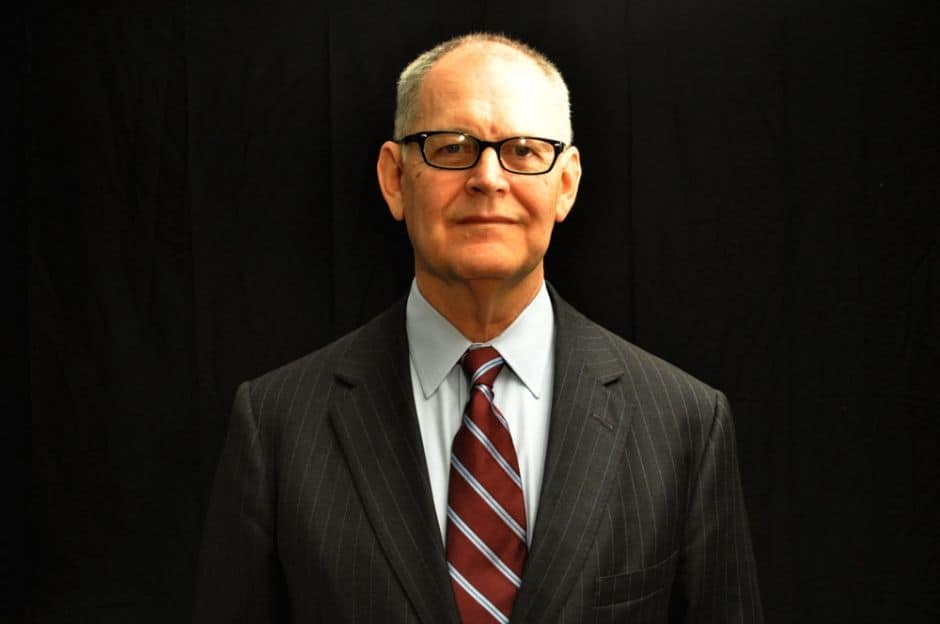Introduction
Well, darn. Another spring has arrived and I haven’t received my invitation to CIGNA’s so-exclusive-you’ve-never-heard-about-it Gold Circle event.
Considering what I’ve been disclosing about health insurance companies lately—their record profits and the anti-consumer practices that make those profits possible—the chances are pretty remote that I’ll be attending the 2011 Gold Circle. But it’s not just me. To my knowledge, the company has never invited a journalist to cover what amounts to a downright decadent gathering of some of the highest paid people in the country—health insurance salespeople. Read on and you’ll understand why.
The four-day Gold Circle meetings are always held at a fancy resort, and all the expenses are paid by policyholders who, I’m betting, have no idea their premiums are enabling a couple hundred well-heeled folks to take a few days off to just “relax and enjoy.”
A big chunk of the premiums we pay to private insurance companies goes to sales and marketing activities. Because fewer and fewer people can afford coverage these days—the number of Americans with private health insurance actually declined in 2009, according to the U.S. Census Bureau—the men and women who endeavor every day to woo large employer accounts from competitors are among the most important—and highly compensated—employees at any big insurance firm.
Industry executives refer to what they do, or try to do, as “stealing market share.” The only way insurers can really grow membership these days is by taking business away from each other or through mergers and acquisitions. Any sales executive who can steal a big “jumbo” account from a competitor is almost certain to be rewarded with a raise, bonus and stock options at year’s end. A jumbo account is any employer with 5,000 or more “lives” (workers and their dependents). The salespeople at CIGNA who pilfer the most profitable accounts of any size, but especially jumbos, qualify for membership in the Gold Circle. If recognition and pampering are your style, this is a circle of thieves you definitely want to be in.
A former CIGNA sales star who decided to get out of that line of work sent me a copy of the program for the April 2002 Gold Circle meeting in Hawaii.
“Congratulations!” the program exclaimed. “In recognition of your outstanding success and contribution, you have earned the privilege to attend the 2002 Gold Circle meeting at The Orchid at Mauna Lani on the Big Island of Hawaii. You will be visiting one of the most outstanding vacation resort locations in the world. As a qualifier, your role is to participate, relax, and enjoy.”
It was a grueling assignment, for sure. The program went on to describe what was in store for the Gold Circle qualifiers and their “significant others” (policyholders paid for them to relax and enjoy, too): “Here on the Kohala Coast, where year-round picture perfect weather enfolds on a sprawling shoreline—is The Orchid at Mauna Lani—the focal point of the luxurious 3,200-acre Mauna Lani Resort community. From the moment you arrive you will know this is a special place. Tranquil, timeless, transcendent… For sheer beauty, it is unmatched.”
Indeed. This special place included “36 holes of championship golf,” 10 Plexipave tennis courts, an outdoor pool, private beach, fitness center, four restaurants, and several shops. When they tired of golf, the 277 Gold Circlers and their significant others could set sail “on a sea of adventure on one of Hawaii’s premier luxury catamarans.” Then they could go on a Waipio Waterfall Adventure. And then the Hamakua Coast/Volcano Tour.
Actually, the 2002 Gold Circlers where slumming it on those catamarans. For another group of top sales people, the company once hired a yacht to take everybody on a cruise around all eight of the main Hawaiian Islands.
One of the reasons insurers have been spending less and less of our premium dollars on medical care in recent years is because they have decided to devote more and more of those dollars to meeting the relentless profit expectations of investors and to pay and pamper insurance company executives.
The CEOs of U.S. health insurance firms—both for-profit and nonprofit—are now among the most richly compensated executives in the country. In fact, Stephen Hemsley, the CEO of UnitedHealth Group, is number one on Forbes magazine’s 2011 list of top paid corporate chief executives.
Under the health care reform law, starting this year insurers will have to spend at least 80 percent of their premium revenue on medical care—meaning their medical loss ratios (MLRs) must be 80 or higher—or they will have to send rebates to their customers. Insurers hate that provision and have lobbied members of Congress and regulators to weaken it or jettison it altogether.
The National Association of Insurance Commissioners last week released an analysis of health insurers’ medical loss ratios for 2010 and found that had the MLR provision of the reform law been in effect last year, American consumers would have received about $2 billion in rebates.
To avoid rebates, insurers will be forced to cut back on overhead, and that includes sales and marketing expenses and executive compensation. If they can only spend a fifth of our premiums on administrative functions, they might have to stop sending Gold Circle qualifiers on all-expenses-paid junkets to “relax and enjoy.” Meanwhile, 51 million Americans are uninsured, and millions of others are underinsured, thanks largely to the way insurance companies do business.
Read more in Health
Wendell Potter commentary
ANALYSIS: Frustrated small business owners among single-payer’s biggest fans
Insurers have botched their chance to control costs and expand access

Join the conversation
Show Comments